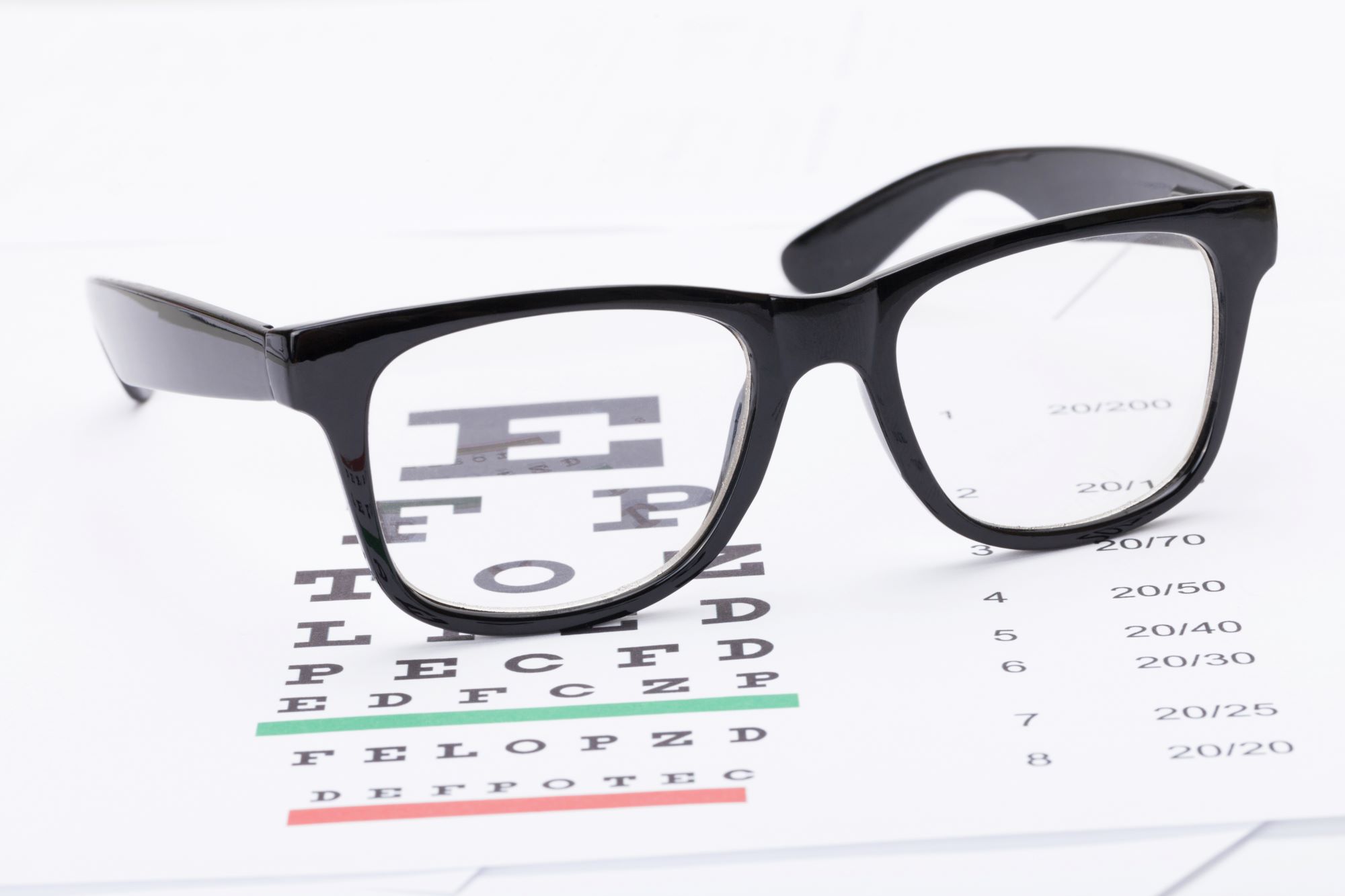How myopia develops
While having two myopic parents does mean you’re more likely to be nearsighted, there’s no single myopia gene. That means the causes of myopia are more behavioral than genetic.
Optometrists have learned a great deal about the progression of myopia by studying visual development in infant chickens. They do so by putting little helmets on baby chickens. Lenses on the face of the helmet cover the chicks’ eyes and are adjusted to affect how much they see.
Just like in humans, if visual input is distorted, a chick’s eyes grow too large, resulting in myopia. And it’s progressive. Blur leads to eye growth, which causes more blur, which makes the eye grow even larger, and so on.
Two recent studies featuring extensive surveys of children and their parents provide strong support for the idea that an important driver of the uptick in myopia is that people are spending more time focusing on objects immediately in front of our eyes, whether a screen, a book or a drawing pad. The more time we spend focusing on something within arm’s length of our faces, dubbed “near work,” the greater the odds of having myopia.
So as much as people might blame new technologies like smartphones and too much “screen time” for hurting our eyes, the truth is even activities as valuable as reading a good book can affect your eyesight.
Outside light keeps myopia at bay
Other research has shown that this unnatural eye growth can be interrupted by sunlight.
A 2022 study, for example, found that myopia rates were more than four times greater for children who didn’t spend much time outdoors – say, once or twice a week – compared with those who were outside daily. At the same time, kids who spent more than three hours a day while not at school reading or looking at a screen close-up were four times more likely to have myopia than those who spent an hour or less doing so.
In another paper, from 2012, researchers conducted a meta-analysis of seven studies that compared duration of time spent outdoors with myopia incidence. They also found that more time spent outdoors was associated with lower myopia incidence and progression. The odds of developing myopia dropped by 2% for each hour spent outside per week.
Other researchers have reported similar effects and argued for much more time outdoors and changes in early-age schooling to reduce myopia prevalence.
What’s driving the epidemic
That still doesn’t explain why it’s on the rise so rapidly.
Globally, a big part of this is due to the rapid development and industrialization of countries in East Asia over the last 50 years. Around that time, young people began spending more time in classrooms reading and focusing on other objects very close to their eyes and less time outdoors.
This is also what researchers observed in the North American Arctic after World War II, when schooling was mandated for Indigenous people. Myopia rates for Inuit went from the single digits before the 1950s to upwards of 70% by the 1970s as all children began attending schools for the first time.
Countries in Western Europe, North America and Australia have shown increased rates of myopia in recent years but nothing approaching what has been observed recently in China, Japan, Singapore and a few other East Asian countries. The two main factors identified as leading to increased myopia are increased reading and other activities that require focusing on an object close to one’s eyes and a reduction in time spent outdoors.
The surge in myopia cases will likely have its worst effects 40 or 50 years from now because it takes time for the young people being diagnosed with nearsightedness now to experience the most severe vision problems.
Treating myopia
Fortunately, just a few minutes a day with glasses or contact lenses that correct for blur stops the progression of myopia, which is why early vision testing and vision correction are important to limit the development of myopia. Eye checks for children are mandatory in some countries, such as the U.K. and now China, as well as most U.S. states.
People with with high myopia, however, have increased risk of blindness and other severe eye problems, such as retinal detachment, in which the retina pulls away from the the back of the eye. The chances of myopia-related macular degeneration increase by 40% for each diopter of myopia. A diopter is a unit of measurement used in eye prescriptions.
But there appear to be two sure-fire ways to offset or delay these effects: Spend less time focusing on objects close to your face, like books and smartphones, and spend more time outside in the bright, natural light. Given the first one is difficult advice to take in our modern age, the next best thing is taking frequent breaks – or perhaps spend more time reading and scrolling outside in the sun.
As with anything you read on the internet, this article should not be construed as medical advice; please talk to your doctor or primary care provider before changing your wellness routine. This article is not intended to provide a medical diagnosis, recommendation, treatment, or endorsement. These statements have not been evaluated by the Food and Drug Administration.
Content may be edited for style and length.
References/Sources/Materials provided by:
This article was written by Andrew Herbert and is being shared here from The Conversation by a Creative Commons License. Andrew is a Professor of Psychology, Visual Perception, at Rochester Institute of Technology, his research interests lie in visual perception and related fields. He has published on different visual illusions, spent a lot of time trying to understand the perception of bilateral symmetry, and is interested in the timing and cortical loci of different perceptual and cognitive processes.
https://theconversation.com/us
https://creativecommons.org/licenses/by-nd/4.0/
https://www.youtube.com/watch?v=ezP3oCRaBBQ
https://www.youtube.com/watch?v=LAkFtka3UFw
https://doi.org/10.1038/519276a
http://dx.doi.org/10.1016/j.ophtha.2016.01.006
https://myopiainstitute.org/myopia/#
https://www.doi.org/10.3389/fmed.2021.718724
https://scholar.google.com/citations?user=fExMMysAAAAJ&hl=en
https://doi.org/10.1007/978-981-13-8491-2_5
https://www.scientificamerican.com/article/space-perception-in-the-chick/
https://doi.org/10.1016/j.cub.2006.02.065
https://doi.org/10.1186/s12889-022-14377-1
https://doi.org/10.1111/aos.14980
https://www.cbc.ca/news/canada/excessive-screen-use-eyes-myopia-1.6815857
https://www.doi.org/10.1016/j.ophtha.2012.04.020
https://doi.org/10.1159/000501937
https://www.doi.org/10.1097/MD.0000000000014777
https://doi.org/10.1111/opo.12879
https://doi.org/10.1001/archophthalmol.2009.303
https://doi.org/10.1097/OPX.0000000000000069
https://doi.org/10.1016/j.preteyeres.2017.09.004
https://doi.org/10.1371/journal.pone.0181772
https://www.orthoptics.org.uk/patients-and-public/childrens-vision-screening/
https://doi.org/10.1016/s0042-6989(98)00304-6
https://nationalcenter.preventblindness.org/vision-screening-requirements-by-state/
https://doi.org/10.3390/ijerph16142595
https://www.webmd.com/eye-health/macular-degeneration/what-is-myopic-macular-degeneration




